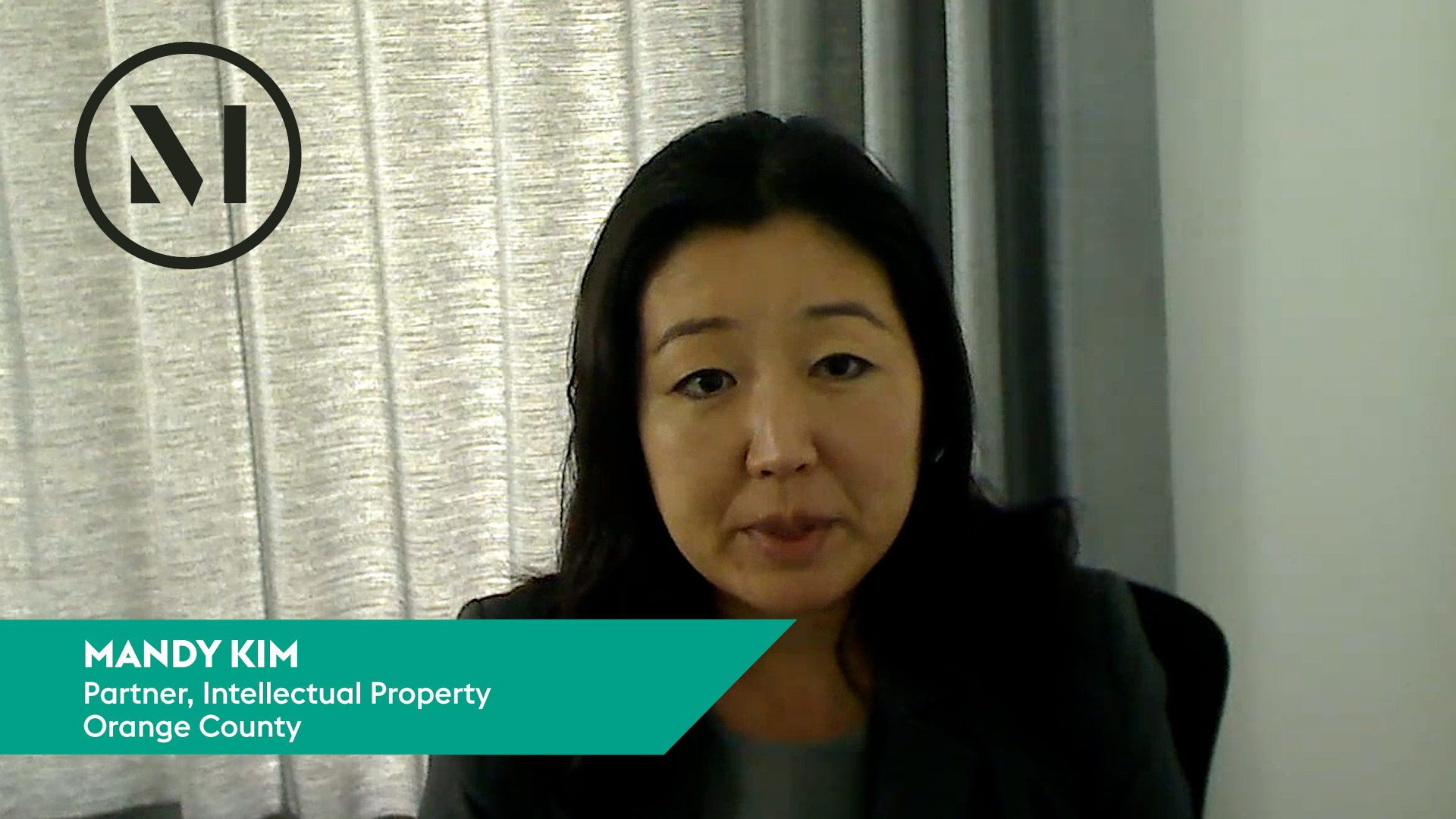Overview

Inventorship issues can have serious implications in patent litigation, leading to invalidation or unenforceability of the patent at issue, as seen in several notable 2022 cases. In the coming year, patent owners should take steps to minimize risks related to improper inventorship challenges.
In Depth
Improper inventorship typically arises in one or more of the following situations:
- Nonjoinder – failing to name an inventor
- Misjoinder – naming an incorrect inventor
- Derivation – a named inventor deriving the invention from another unnamed inventor
A patentee can avoid invalidity by correcting inventorship under Section 256 in most circumstances. To correct inventorship, the patentee must understand the legal definition of an inventor in the US:
- An inventor is the individual (or if a joint invention, the individuals) who invented or discovered the subject matter of the invention. Joint inventor contributions can be unequal, and contribution to one claim is sufficient.
- An inventor must contribute to the conception of the invention; mere reduction-to-practice is not enough. For example, co-authorship on a peer-reviewed publication by itself is insufficient to meet the inventive contribution requirement, but can be used as support of inventorship.
- In 2022, the US Court of Appeals for the Federal Circuit held that the Patent Act requires inventors to be natural persons—“that is, human beings”—and not an artificial intelligence (AI) system.
Looking ahead: Companies in industries that rely heavily on AI should ensure that humans are involved in the creation and/or development of intellectual property because a machine or AI will not qualify as an inventor in a US patent application.
Because the America Invents Act Section 256 removed the “without deceptive intent” requirement to correct inventorship, inventorship errors—whether intentional or not—can be corrected under Section 256. But inventorship issues made with deceptive intent can still cause a patent to be held unenforceable under a claim of inequitable conduct if the challenging party shows with clear and convincing evidence that the patent applicant withheld or misrepresented “but-for” material information and acted with specific intent to deceive the US Patent and Trademark Office.
Looking ahead: Patent owners can take proactive steps to mitigate risks associated with improper inventorship:
- Secure patent ownership rights through employee, contractor and/or consultant agreements that contain present assignment language. Courts have held that sufficient assignment language includes “will assign and does hereby assign,” instead of a mere statement that the intellectual property “shall be the property” of the entity. Consider confirmatory assignment agreements if there is uncertainty about the proper assignment language in your current agreements.
- Perform regular audits of key intellectual property and assess inventorship for each patent application, particularly for complex patent families that include continuations-in-part.
- Ensure that proper intellectual property ownership agreements are in place for research and development projects involving joint research or collaboration with third parties.
- Conduct searches of publications for all individuals who participate in a project that may involve the creation or development of intellectual property. A publication’s authors may be different than the individuals named on a patent with overlapping subject matter, which could lead to improper inventorship challenges.
- Protect privilege during diligence relating to inventorship to minimize exposure during discovery and depositions if inventorship is ever litigated.
CHECK OUT OTHER 2023 IP OUTLOOK PATENT TOPICS
SEP LicensingPharma and BiotechWestern District of TexasUnified Patent Court